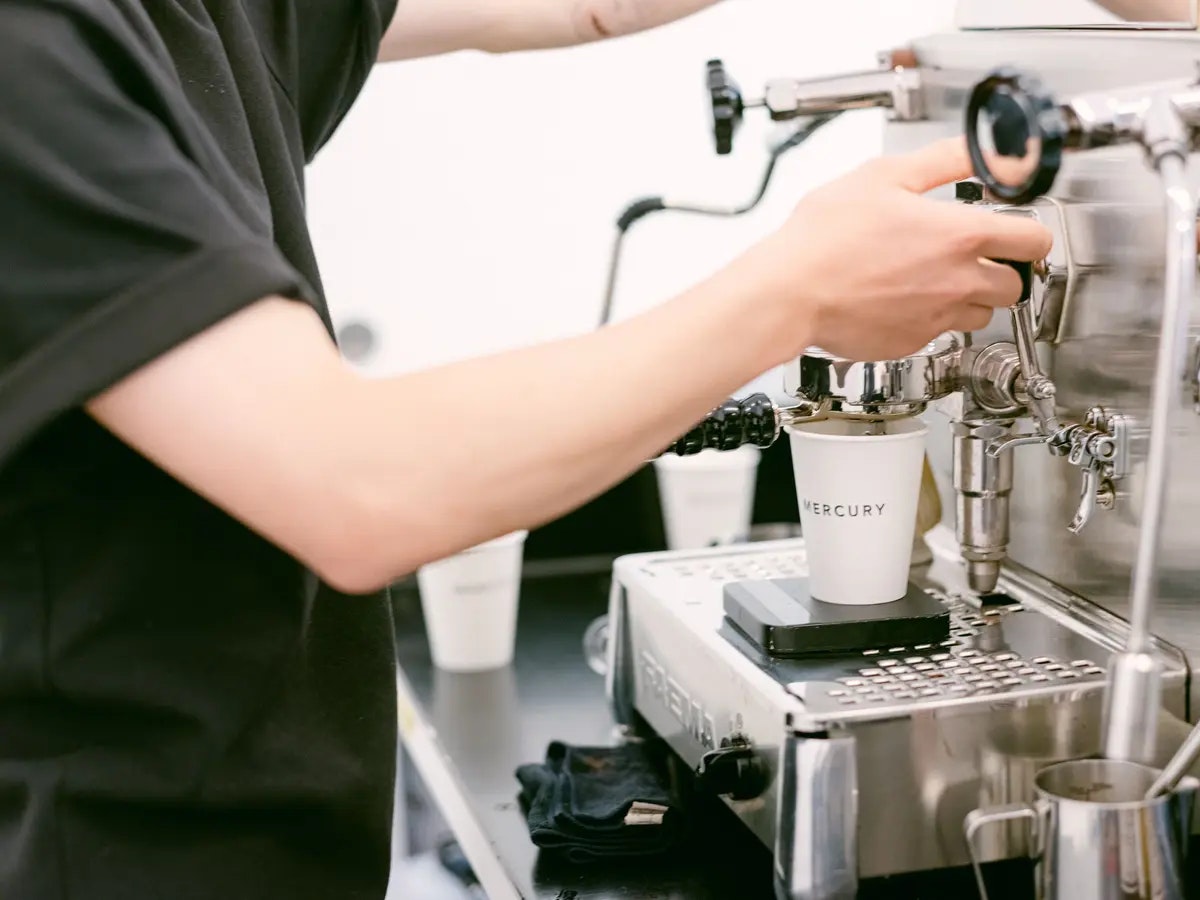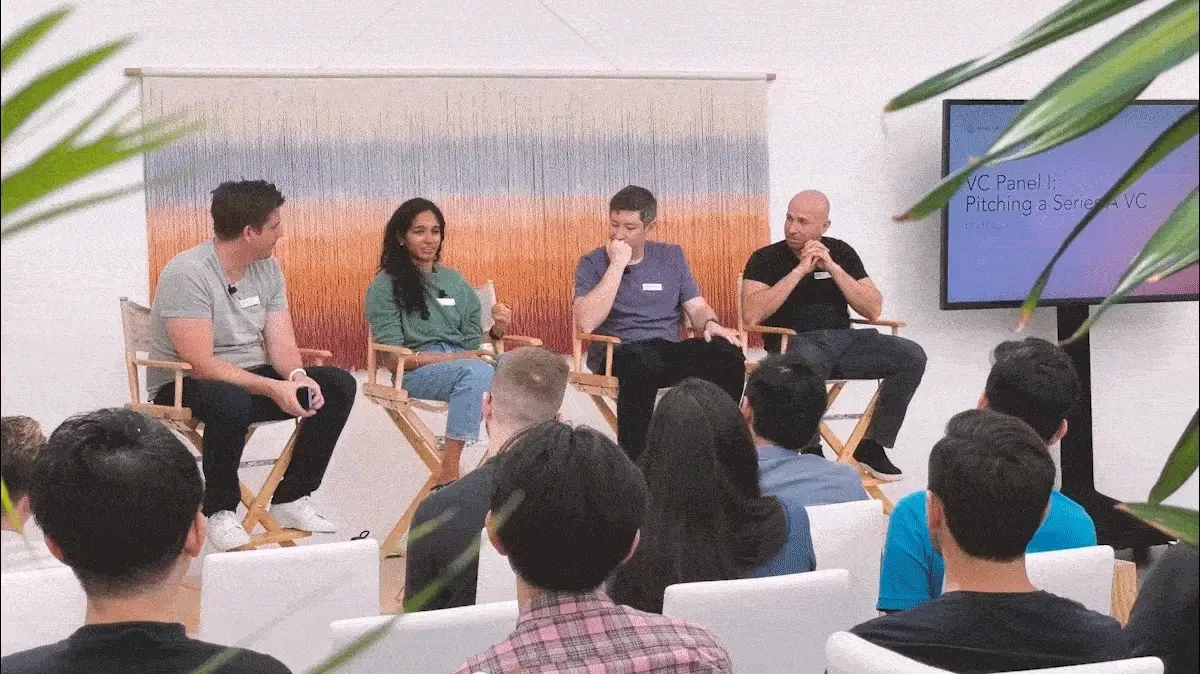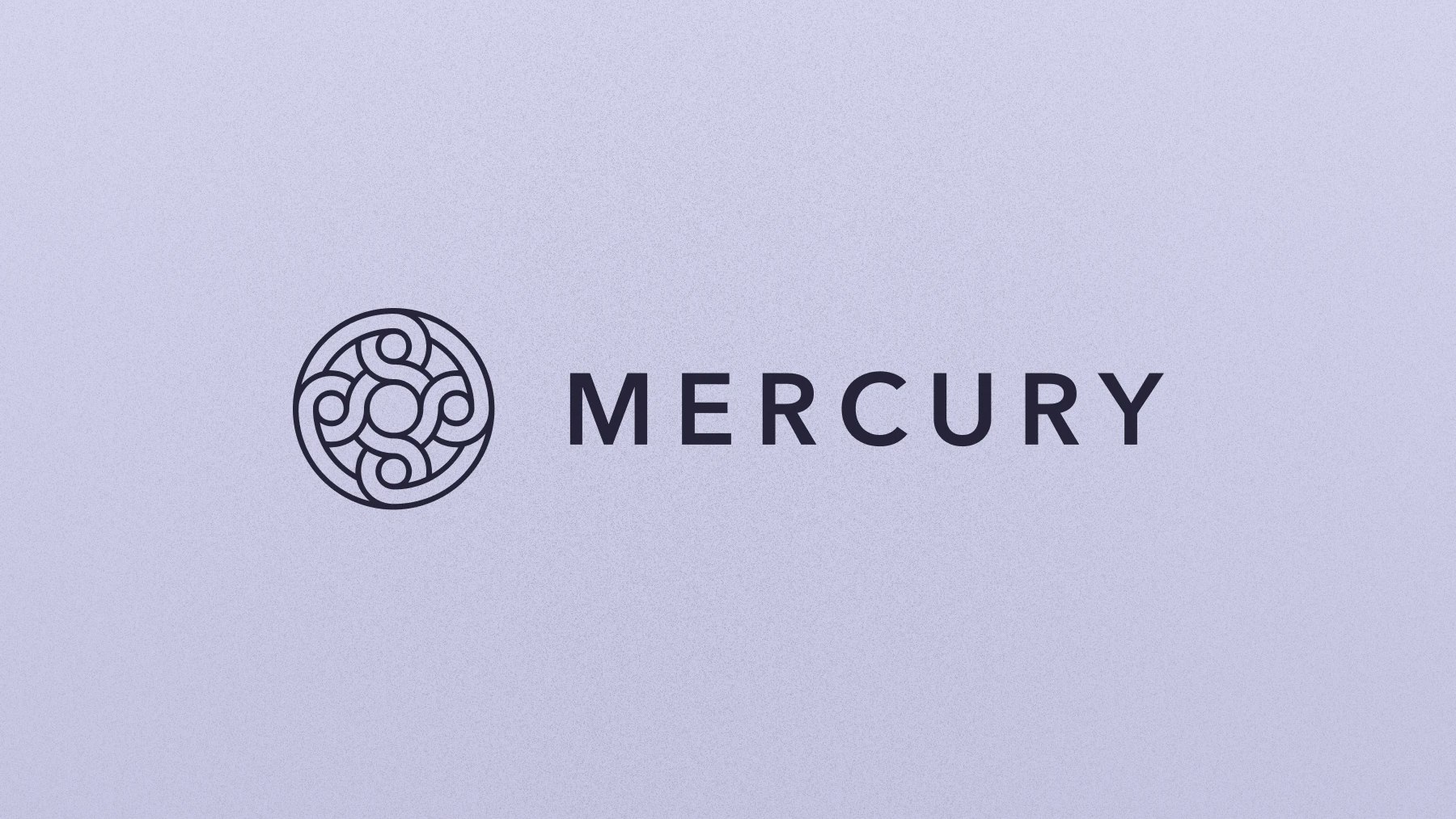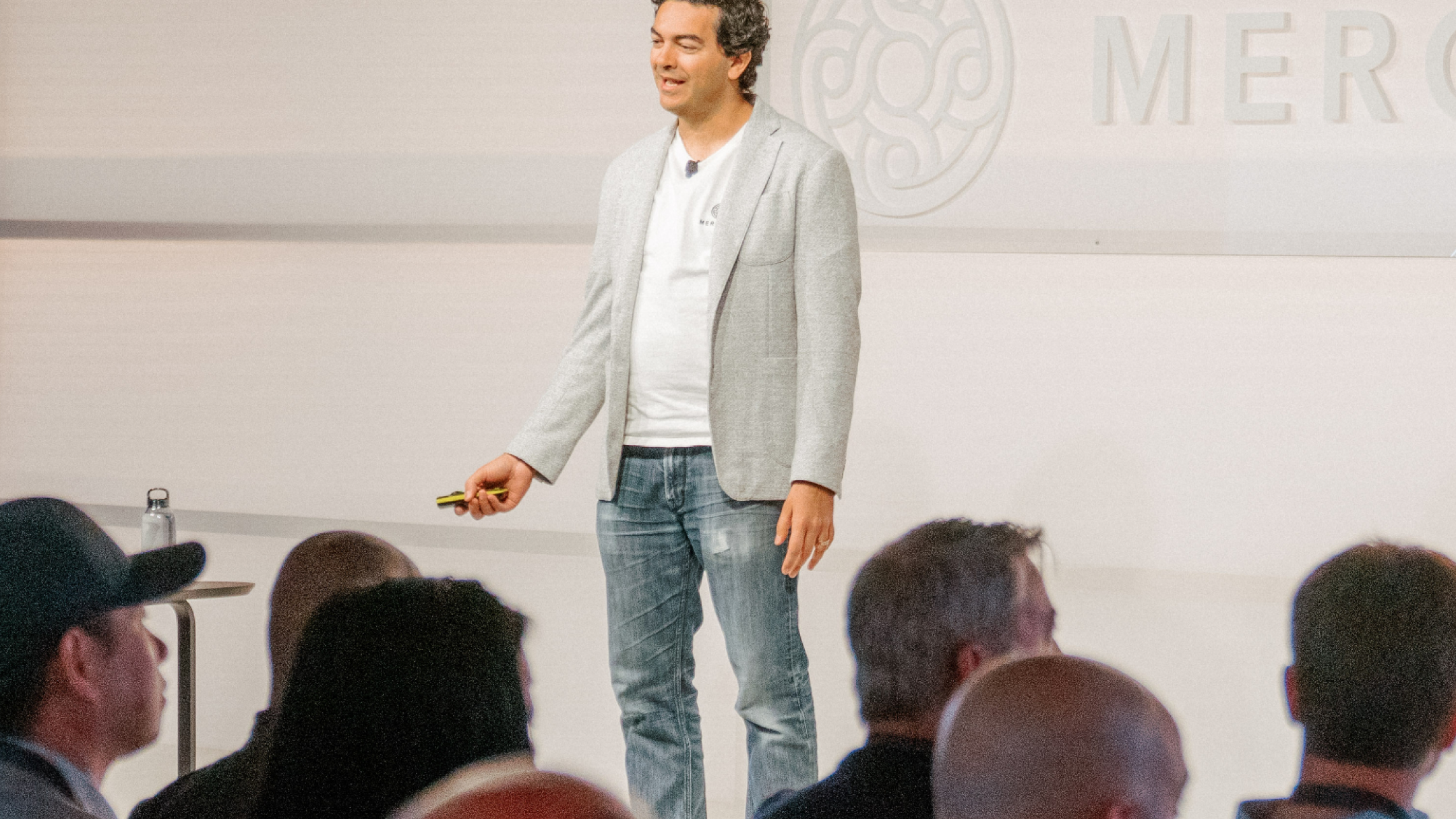The Raise Series A (II) Recap
On Friday, April 8th, 2022, we held our second Raise Series A event in San Francisco. We were joined by 14 speakers, from VCs to founders to lawyers, including Seema Amble (Andreessen Horowitz), Saar Gur (CRV), Siqi Chen (Runway), and John Bautista (Orrick).
We hosted our event at an open gallery space operated by a local creative agency. By 10 AM, founders started to filter in, and the space came alive with sounds from the espresso machine and encounters with old and new friends. Soon, our panelists were sharing breakfast pastries, gourmet lunch plates, and insider tips with 26 up-and-coming founders hoping to raise a Series A in the next 6 months.

Most conversations were intimate and tailored for Raise attendees. However, we’ve attempted to capture a small slice of the day. Keep an eye out for our application dates so you can join us in person next time.
Your customers can be key advocates
Finding investors can be a bit of a cold start problem, particularly if you don’t already have established connections in the industry. But sometimes you don’t have to look further than your existing network of customers. Unit21 founder Trisha Kothari shares that you can ask your most loyal customers’ CEOs to make intros to investors.
Even if you do have an investor pipeline, your customers can serve as great references. Saar Gur suggests identifying customers who really love your product, introducing them to your investors, and even coaching them on what to say.

Your pitch is most important
A deck is a visual representation of your business that can help distill your thoughts, convey meaningful stats, and make it easy to share your company with investors (who might even share your deck with their own network). But your deck should not be a replacement for your go-to messaging that conveys what your startup does in simple terms — you might share this pitch in-person, in a quick email, or even over text. Ilya Sukhar (Matrix Partners) says “in the vast majority of the meetings I have with my partners, we don’t rely on the deck.”
You’ll want to leave room for a more dynamic conversation with investors. Mark Goldberg (Index Ventures) says “it’s the human-ness, the rawness that I want to see.”
Seema Amble adds that “a deck should not be a replacement for your conversation with investors,” and that “obsessing over the deck is not a good use of time.” If you really care about how your deck looks, hire a designer.
Keep venture debt in mind when raising
Jason Garcia (VP of Mercury Capital) has been helping founders get access to venture debt for the last couple of years. He typically advises founders — especially those raising a Series A — to incorporate some form of debt into their rounds. Venture debt can be a minimally dilutive way of extending the runway you may have already received from your most recent VC round.
But taking venture debt is a balancing act. Most VCs see it as a healthy sign, especially because the capital protects their equity. However, you don’t want to take so much debt that they’re scared you won’t be able to pay it off.
When choosing a lender, pick a partner who can understand the ups and downs of how startups operate. As Jason Garcia explains, “when you do have bumps in the road, they’ll have the patience to go through it with you.”



